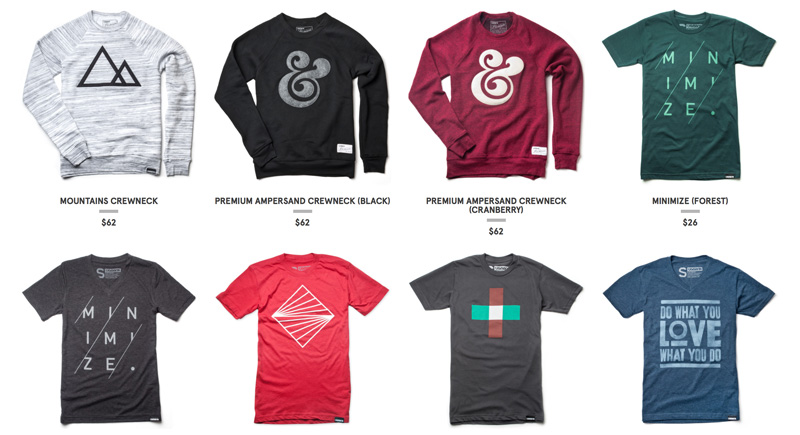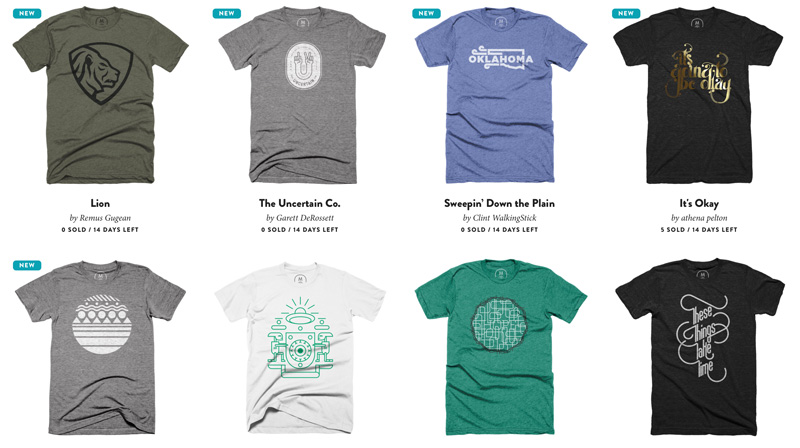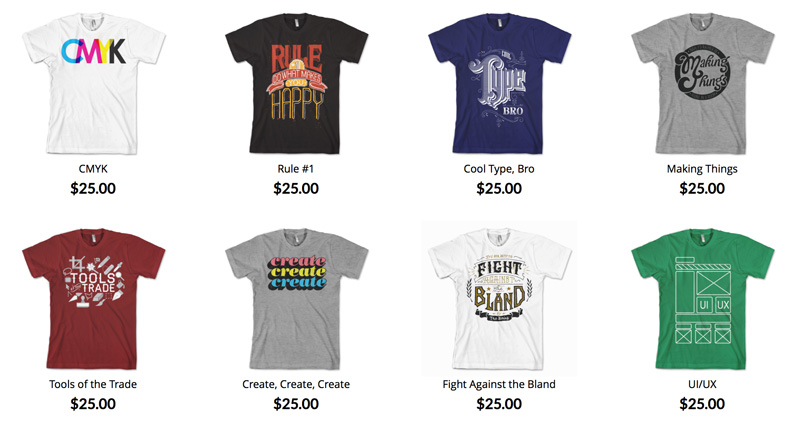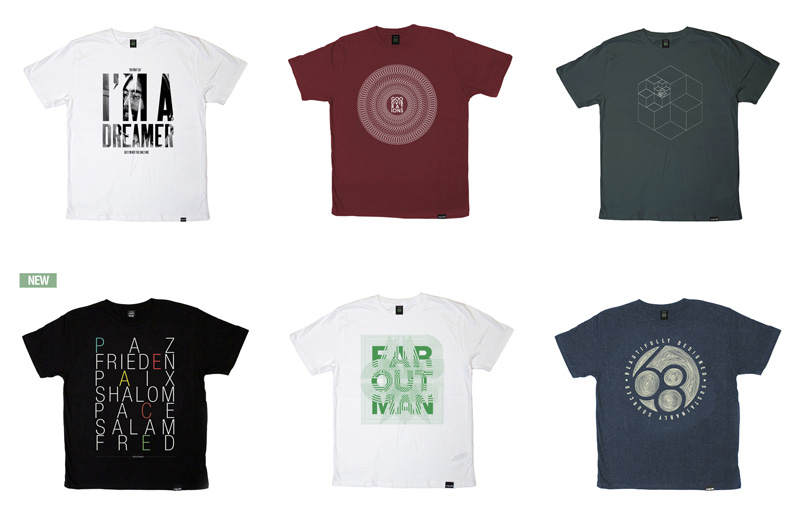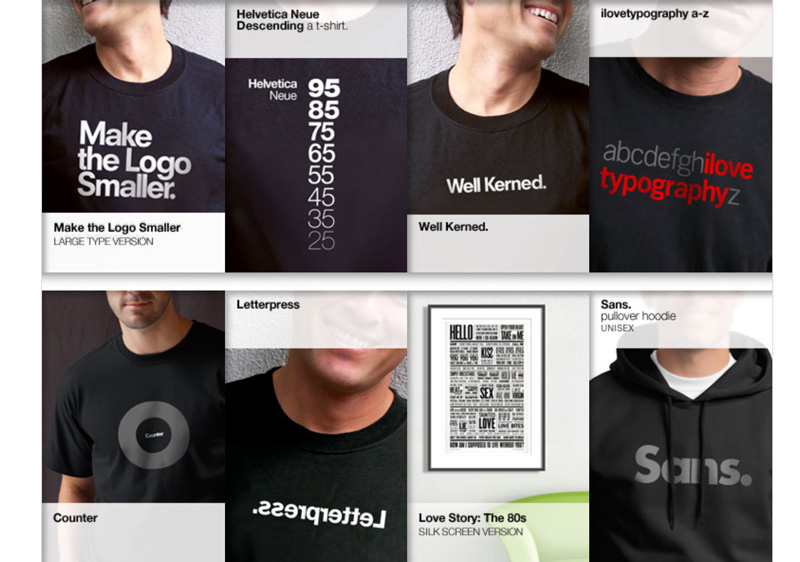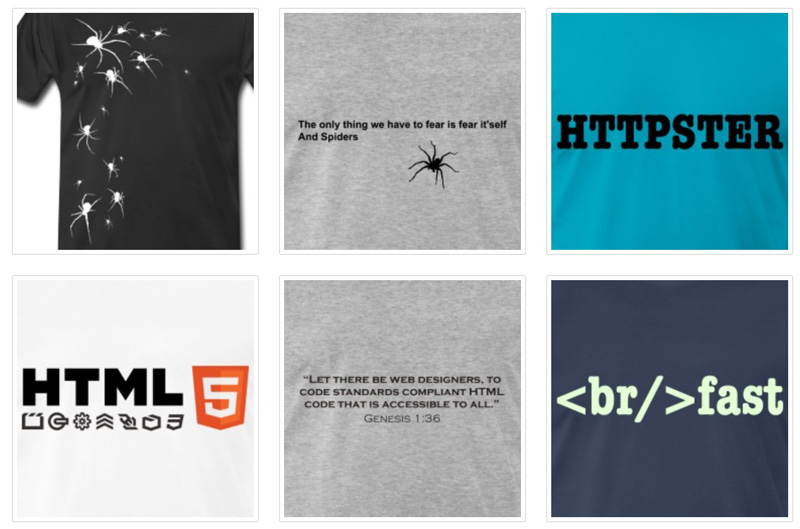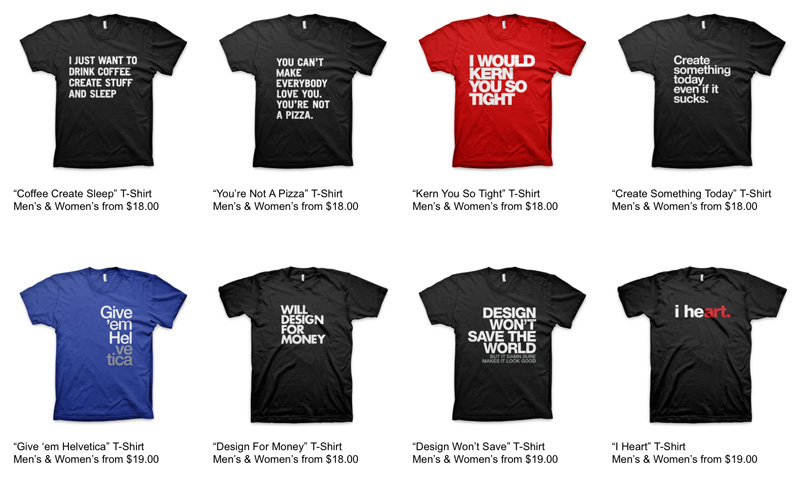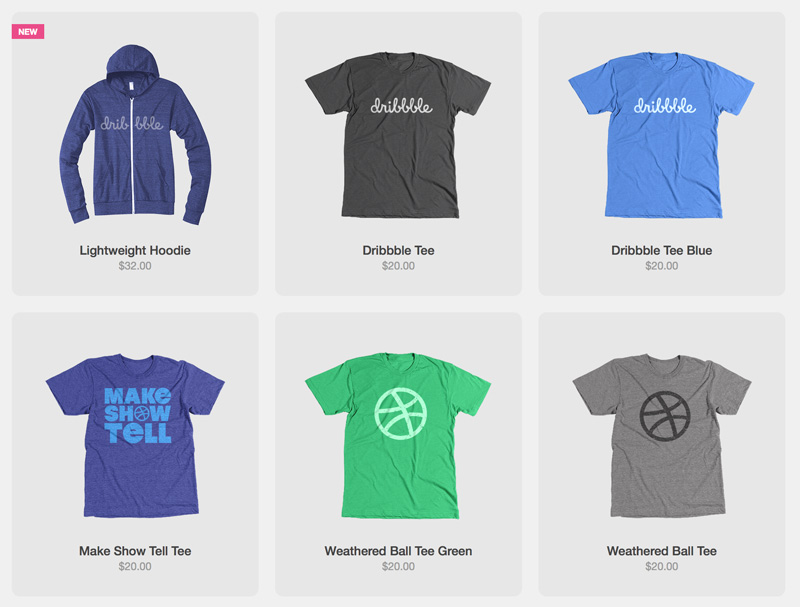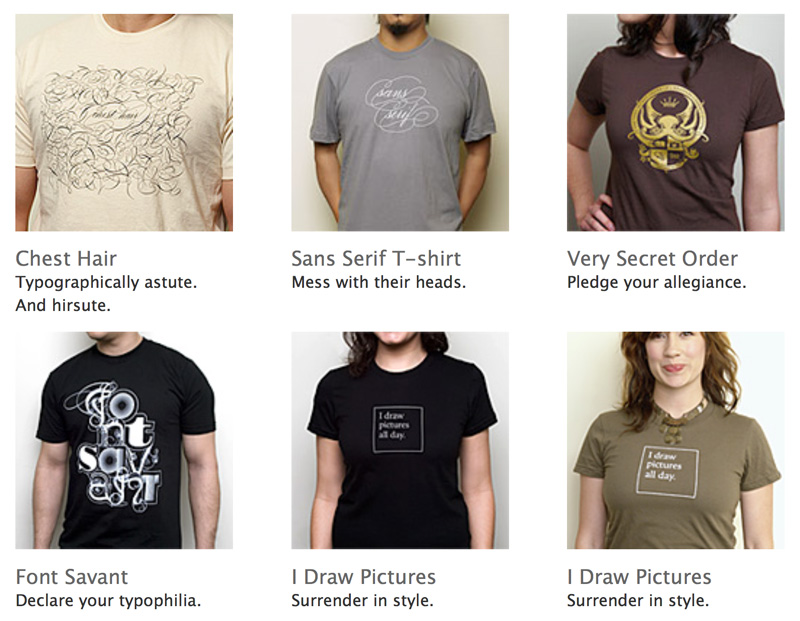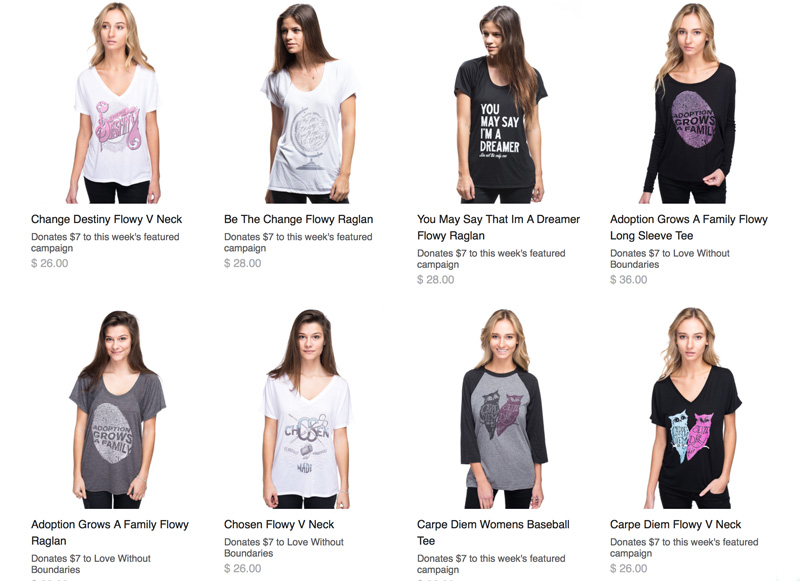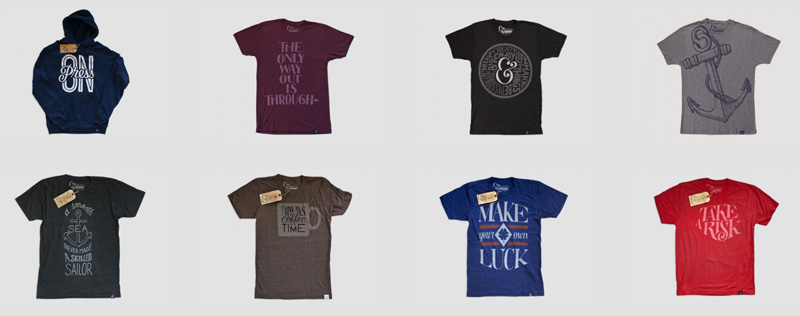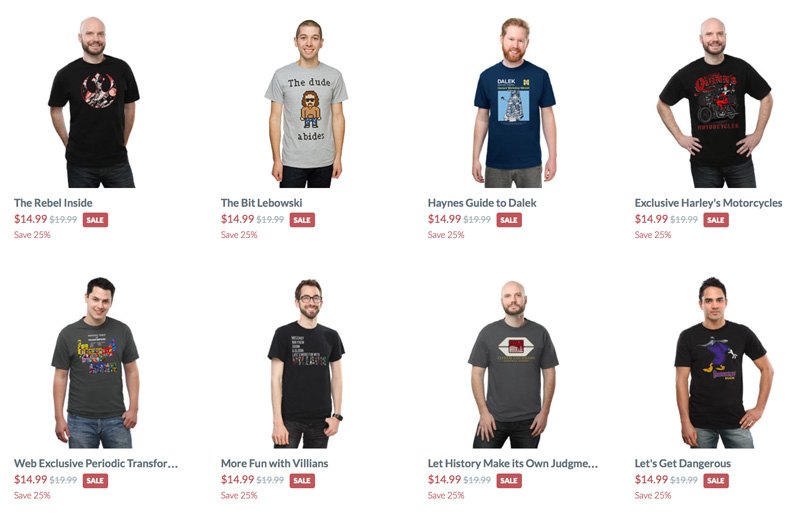Well, wrong. Your designs aren’t technically meant to sell anything. In fact, it’s actually almost impossible for them to do so if the viewer has never seen them before.
In this article I’ll go over what you’re really supposed to be doing as a designer, and just what role your designs play in your client’s sales funnel, and ultimately helping them get their customers ‘below the fold’.
First Impressions
Your viewer’s first impression of your content does not need to result in a sale. It’s nice if it does, but your client and even you may not know what your design is actually doing. What your main goal is as a designer is to make a memorable impression. Your design should stop your viewer in their tracks and compel them to go on to the next page, image, or piece of copy.
Basically, your design has to seize your viewer’s eyeballs, and hold them for long enough that they move on to the next visual cue. Like a street patrol officer waving a flag that directs traffic, your design must be eye-catching and invite curiosity about what is going on.
Stop, Look, and Listen
It’s a common piece of conventional wisdom in copywriting that the purpose of your first sentence is to get someone to read the next sentence, and so on until they get to the end and you’ve made a sale. Design is the same way, and works alongside copywriting to achieve the same effect. Selling is a process that usually doesn’t happen immediately.
People have to get to know your brand and whether or not it’s relevant to them specifically. You can only do that through telling a compelling story that’s written in their language. To start the process, they have to be willing to listen to what you’re saying.
Don’t Ruin The Story
As a business owner, your client has a story to tell his or her customers. That story is probably longer than a logo or a banner ad. To be compelling enough for customers to want to buy, the story must be told gradually. Any other method cheapens the whole experience and sours your prospect against any potential sale.
Think about the last time you went to the movies. What if, rather than letting the film play for the audience, the filmmaker simply popped up on the screen and told you a quick summary of what happens. You’d be furious. You came to see a story, not some random guy telling you a bunch of spoilers.
Your prospective viewers are the same way. They don’t want to be inundated with the quick and dirty details of the story before they’ve had a chance to experience the entire thing unfold organically.
Let Them See Themselves
As consumers, we like to see ourselves reflected in any marketing materials directed toward us. This means that, if I’m a 30-year-old mother of 2 looking for a fun game I can buy for my kids, I do not want to see images that aren’t relevant to my exact situation. I don’t want to see 20-year-old college students, or 70-year-old seniors, or dogs, or babies or zebras or teddy bears.
I want to see women in my age range with children around the same age as mine, enjoying the product I’m looking for. If I don’t see this exact combination, I’m out of there.
We all look for stories that we can relate to – those stories that closely mirror our own and provide a solution that would be appropriate for us. The bigger the purchase, the more important this becomes. You would never purchase a luxury car from an ad that was aimed at a completely different demographic from your own.
Targeting a niche is especially important in this day and age, when there are so many choices out there. If I don’t find what I’m looking for in one place, I can go to 50 others just like it.
As a designer, it’s your job to make sure I know that those 50 other businesses are not just like your client’s. Your client’s business is different. It’s just for me. Your job is to tell me why.
In Conclusion
It’s worth mentioning that, while the purpose of your design may not be to directly make a sale, it still plays a vital role in the overall sales process. Without your design, no one would bother looking at your client’s product or service offering at all. Just like you’d be less likely to want to go see a movie based on a text-only description, rather than a full-color poster or trailer, your viewers are dying to see what story you can entice them to want to listen to.
What Do You Think?
How do your designs help draw in your client’s target audience? Have any ideas for how to enrich the storytelling process we as designers engage in with our work?
All images via studiostoks’s Portfolio on Shutterstock.
The post The Whole Point of a Punchy Design Is to Sell Something, Right? appeared first on Speckyboy Web Design Magazine.
The Whole Point of a Punchy Design Is to Sell Something, Right?
